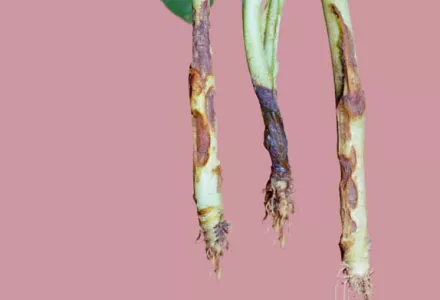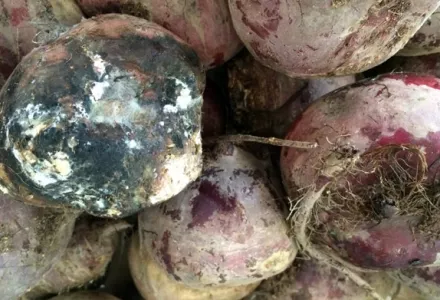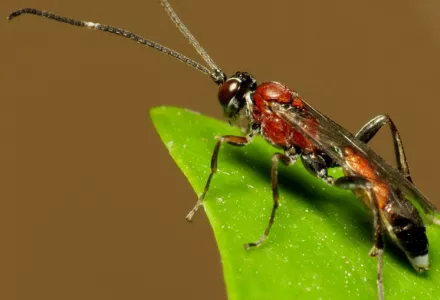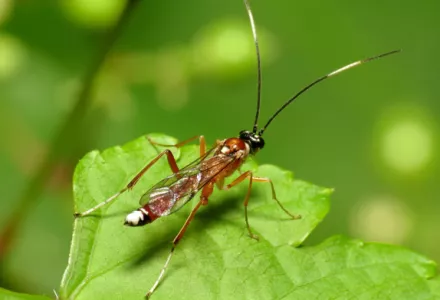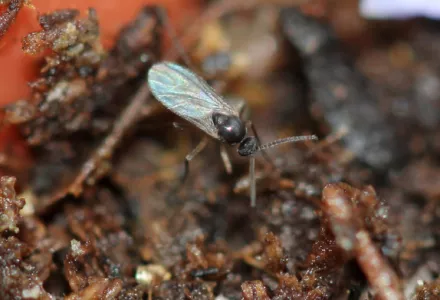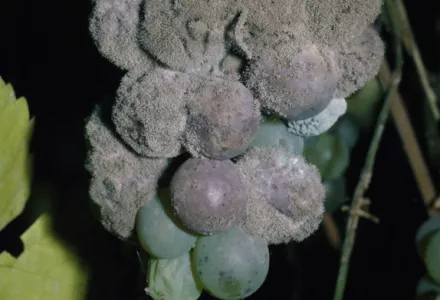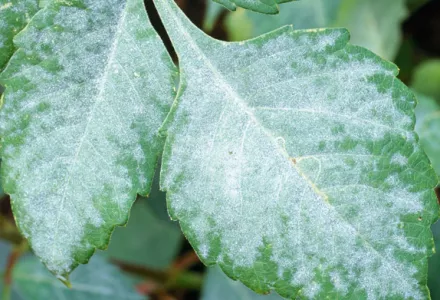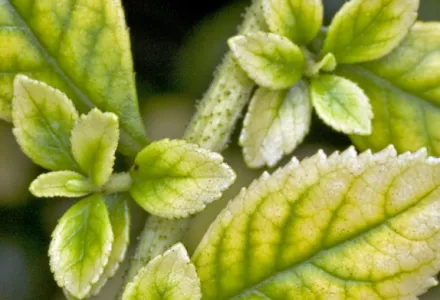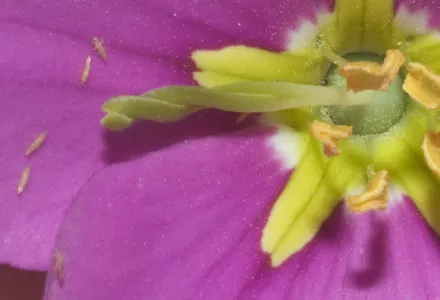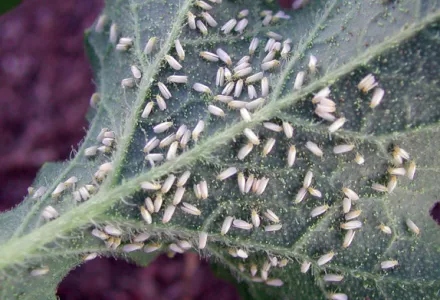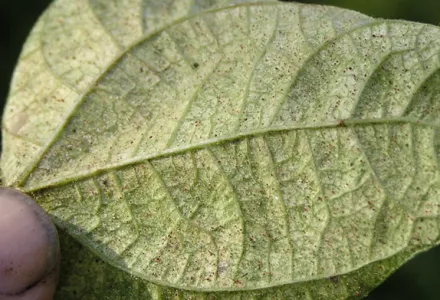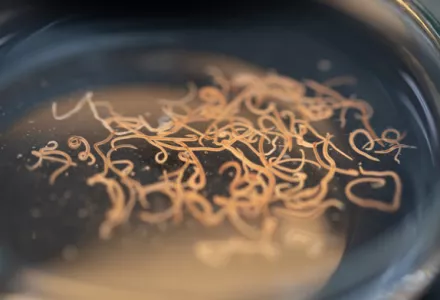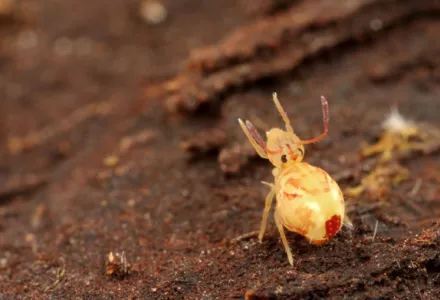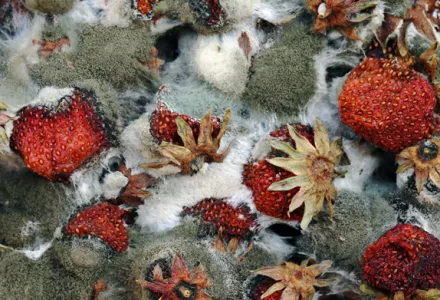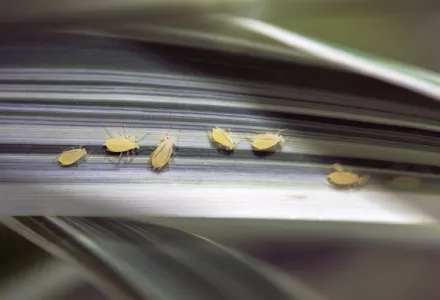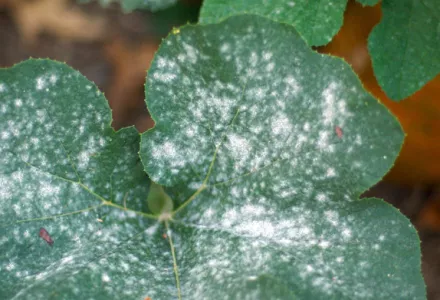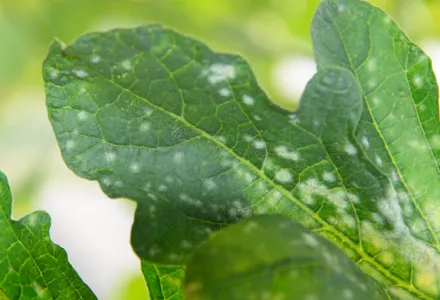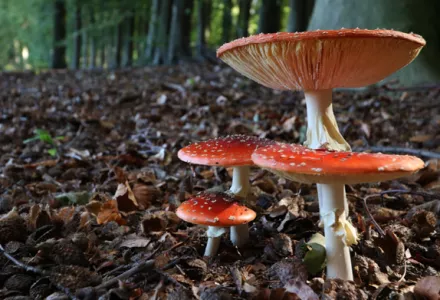In a previous article we informed you about the different types of oidium that can negatively affect your crop. In this article the focus will be on how to combat and/or prevent oidium in your crop.
In preparing a customised prevention strategy, one possible strategy you could adopt is as follows:
Strategies in outdoor crops
Growth phase
Until flowering begins, you can carry out preventative treatments using sulphur, repeating the treatment every 20 days or after rainfall (which washes the sulphur off the leaves). There are many ways of applying the sulphur. Ask in your usual grow shop. In any case, you should always follow the manufacturer’s instructions and take great care with small plants.
There are some drawbacks to using sulphur, such as problems of toxicity at high temperatures. If you prefer not to use it, you should spray the plants with some biological fungicide (see Table 2) whenever two or more of the following factors occur:
- The average daily temperature is higher than 15°C (except if it has risen to 32°C or more at some point in the day)
- Low average relative humidity (below 70%, approx.)
- Sudden drop in relative humidity
- Prolonged drought
The more these factors occur at one time, the greater the chance of infection.
Table 1. Environmental factors related to ambient spore concentration of S. macularis
| Environmental factor | Values |
|---|---|
| Average daily temperature | - Above 15ºC* |
| Average daily relative humidity | - Sudden falls - Low humidity (approx. below 70%) |
| Rain | - Long periods of drought |
The greater the number of factors occurring simultaneously, the greater the risk of infection.
* If daytime temperatures rise above 32ºC / 90°F, the risk of infection is reduced.
If the adverse conditions continue for a number of days, you should repeat the treatment every 2-3 days approximately (or as per the manufacturer’s instructions). Always spray the plants in the evening at around 9 pm.
If you have performed all the right treatments and are sure that your plant is free from Oidium, you can dispense with spraying on days when daytime temperatures are above 32°C / 90°F. Note that in plants already affected by Oidium (or which have had it in the past), and especially in larger plants, the ambient temperature may be considerably lower in inner and lower areas of the plant, where there is a greater concentration of leaves, lots of shade and poor ventilation. For this reason it is important to keep these parts of the plant clean, pruned and well ventilated since they can be an important reservoir of Oidium. This might be one of the reasons why the first leaves to be affected can be found in the dense, shaded and under-ventilated areas.
Flowering phase
Do not use sulphur when the plant is in flower as it leaves a residue. You should treat your plants with bio-fungicides such as bee glue (propolis), specific enzymes, horsetail, etc. (See Table 2). Potassium soap also tends to leave residue, and is therefore not recommended in advanced flowering. Like before, spray your plants when several of the environmental factors described above coincide (also shown in Table 1), repeating the treatment (frequency as per manufacturer’s instructions) if the conditions remain unchanged and always around 9 o’clock in the evening.
Table 2. Some products of biological origin with anti oidium action, available on the market.
| Product | Way of acting | Remarks |
|---|---|---|
| Neem oil | The components of neem oil have been clearly shown to be effective against oidium and other fungi. | |
| Bee glue for agricultural use | Bee glue (propolis) contains natural anti-fungal and anti-biotic substances. It also stimulates the production of defensive substances | Do not use on very young plants |
| Horsetail | Extract of the plant Equisetum arvense. Among other substances, it contains saponins that are toxic for the fungi and acid silicon which strengthens the tissues | Very useful during flowering |
| Potassium soap | Great cleaning effect and good preventative against these fungi | Not recommended in advanced flowering |
| Verticillium lecanii | A parasitic fungus feeding on larvae of whitefly and —less effectively— trips and red spiders. Studies show that it is also an effective parasite of oidium-type fungi | It is not very well known. It requires special storage conditions to remain viable |
| Ampelomyces quisqualis | Like V. lecanii this is a parasite fungus feeding off oidium-type fungi | |
| Specific enzymatic extracts and bacterial preparations | These are products fermented by certain bacteria. The effectiveness of applications such as Bacillus subtilis has also been shown as an antagonist to oidium-type fungi. | There are various preparations based on these ferments on the market |
| Extract of citric seeds | Great cleaning effect. There are preparations combining potassium soap with citric extracts to improve the effectiveness of the two. | In advanced flowering it may be a bit aggressive for the flowers. Try it out first. Do not use compounds with potassium soap in advanced flowering |
Strategies in indoor crops
Infections in indoor plants are a result of conidia floating in from outdoors into the growing room, where they germinate and develop. Starting with a clean room, plants that are free from Oidium (cuttings are silent carriers) and a new growing medium should be your strategy to prevent spores from getting to your plants, and if any do manage to get through, make sure they can not take hold.
Preventing spores from getting into the room:
The number one way of how fungi get into the room is through the ventilation system. As you remove the air from your plants, it is replaced by the same volume of air from outside — which enters through the grille in the room and other apertures (e.g. beneath the door or through the bottom hole in the case of a cabinet), creating a current of air that goes all the way from outdoors to the interior of your growing room. The air that gets in through these grilles is not filtered, so that if the atmosphere is full of spores, you will be spreading them rapidly across your plants. It is very good practice to add air (positive pressure) to your crops instead of re- moving it (negative pressure), and to pre-filter the incoming air with a carbon filter or HEPA filter.
The same volume of filtered air that you allow into the room will be released and forced out through the grilles or openings, creating a current of clean air going from inside the room to the exterior, further helping to prevent the entry of any spores (and insects), which would have to go against the flow to get in. This is the same principle used by laminar flow chambers (hoods).
Clearly, spores can also get into the room on your clothes. It is a good idea to get into the habit of having a coat or dressing gown at hand, which you can put on before you go in.
Preventative treatments:
If these physical methods are not enough, you can also apply preventative treatments, especially at the most difficult times of year. Remember that you can use sulphur throughout growth until the day before the plants start flowering. However, when in flower, the plant will continue putting on new leaves for up to 15 days after the last treatment with sulphur. These new leaves are no longer protected by the sulphur. If you want to be sure of having good protection (especially in plants with a long-flowering period or at times of year when the risk of oidium is highest) you will have to use other products.
In order for the treatment to be as effective as possible, you must know when the concentration of spores outdoors is at its height. Following the same rules as for outdoor crops, the greatest concentration of spores will occur on days when several of the environmental risk factors described above coincide (see Table 1). When these outdoor conditions occur, you should take preventative action on your indoor plants. Always spray the plants for a few minutes before turning off the lights.
You should also keep the humidity levels constant; we recommend keeping humidity levels low (below 60%). Note that this humidity is good in cases in which there is no fungus on your plants and you want to prevent any spores that have gotten into the room from germinating. Using fans to keep the leaves in motion can prevent the spores from taking hold on the leaf.
Many growers make the mistake of dramatically lowering the humidity when they discover that their plants have Oidium. However, this sends out a signal that stimulates the fungus already on the crops to scatter its spores with the result that the disease is propagated very quickly. If you have found this type of Oidium in your grow area and it is not at a very advanced stage, you should remove the most infected leaves, keep humidity constant at around 70% and treat your plants every 2-3 days with a bio-fungicide (or as per the manufacturer’s instructions). Likewise, it is not advisable to keep the leaves moving with a fan if the Oidium has already taken hold; the only thing you will be doing is scattering the spores even further. Once the Oidium has been eradicated, you can lower the humidity and turn the fans on again to prevent it from growing back, but you should always repeat the fungicidal treatment whenever the atmospheric conditions described above arise.
To keep the relative humidity constant you can use a hygrostat connected to an intensity regulator (a variable speed controller). The system connects the vent fans at maximum power (the fan operates at top speed) when the humidity rises above the programmed rate. When the humidity is at the right rate or lower, the hygrostat runs the vent fan but through the regulator, which means that the fan operates at a lower speed, which can be regulated.
In all cases, stop applying the preventative or curative treatment one week before harvesting.
There are practically no references on the damage caused by this fungus or on its biology as a pathogen. Until more information is available, you can take the following precautions:
- Spray the growing plants regularly with potassium soap to clear off of possible remains of dust, pollen or sticky remains that might have been deposited there
- Keep the plants free from pests that might leave remains such as aphids, whitefly, etc
- Avoid using plants which are genetically susceptible to fungus
- This fungus prefers humidity to spread its spores in, and also warmth, so you should take preventative action in these conditions
| Location of the mycelium | Microscopic diagnosis | Sporulation | Other characteristics | Fungus |
|---|---|---|---|---|
| On the upper and underside of leaves. Yellow spots can appear on the upper leaf surface | - The conidiophores arise from the stomata (underside of the leaf), they are wire-shaped with a conidium at the end |
Image
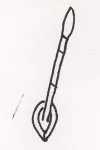
|
- When you brush your finger lightly over the mycelium, it leaves a stain behind | Leveillula taurica Common name: powdery mildew |
| On the upper side of the leaf | - The conidiophores arise from the mycelium (on the upper side of the leaf), they are wire-shaped with the conidia forming a chain, like prayer beads |
Image
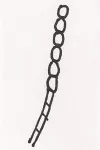
|
- When you brush your finger lightly over the mycelium, it disappears | Sphaerotheca macularis Common name: powdery mildew |
| On the upper side of the leaf and on stems | - The conidiophores cannot be distinguished |
Image
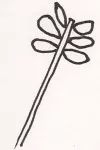
|
- In later stages of development, presents a pink colour - Associated with secretions from other pests (aphids, whiteflies, etc.) |
Trichothecium roseum Common name: pink rot |
| Grey mycelium underside of leaves | - Sticking out of the stomata (underside of leaves), branching threads with some dark areas (sporangia) on the ends |
Image
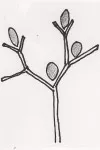
|
- Yellow spots occur between the veins that can turn brown in colour - Causes curling of the leaves |
Pseudoperono-spora cannabina Common name: downy mildew |
Finally, note that the strategies outlined here have been drawn up on the basis of information from studies conducted with these fungi on tomato and other plants (strawberry and hops among others), and al- though they generally act similarly on all crops, research is needed on their specific behaviour in tomato in order to perfect these strategies or create new ones.
Preparing a customised prevention strategy
In deciding on the best prevention strategy for combating the fungi that might attack your plants in particular, you should consider the weak points of the attacking fungus during each phase of the infection process.
As a grower, you want to keep your plants clean and free from any parasitic fungus at all times. It is therefore essential to prevent the inoculum (any part of the fungus that might cause an infection) reaching your plant. That is why we will analyse the factors that make the fungus (primarily its spores) visit our crops.
We have already seen that the greater the quantity of spores in the air, the greater the chance that your plant will become infected. For indoor plants, it is a very good idea to feed filtered air to the plants instead of extracting it. For outdoor plants, however, you will have to establish the optimal temperature and humidity range when there is the biggest quantity of spores in the air. These spores may come from a number of sources in the nearby area: horticultural and ornamental plants, weeds, waste material, other plants like yours, etc. They will mostly be carried on the wind, though you may be responsible for transporting some of the spores yourself, on clothes, hair, etc.
Rain is another factor to take into account; as these two articles have shown, there are some fungi whose spores can be spread by water running off the leaves whereas other fungi are actually harmed by these conditions. In other cases rainfall also favours the spread of the fungi; and not just rain but water that gets on the leaves during irrigation (splashing, etc.)
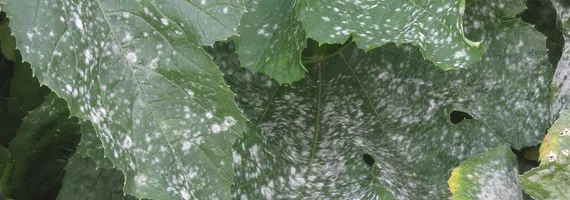
You should also bear in mind that certain environmental factors can damage the inoculum or reduce its chances of survival (e.g. temperatures of over 104oF (40oC) for a period of 6 hours reduce the viability of the L. taurica conidia). Lastly, you need to understand very well where the inoculum prefers to germinate and develop. For example, we have seen that T. roseum begins its development on waste matter such as sticky remains and excretions from pests such as white fly, plant lice, accumulations of pollen, dust, etc. Other fungi germinate directly on the plant. By keeping a plant free of pests that secrete sticky substances and other wastes, you can help prevent T. roseum, but not other fungi. You should also remove any plants that are not part of your crop that might host parasitic fungi.
Should the inoculum manage to come into contact with your plants despite your best efforts, all is not lost; the conditions may not be right and it may be possible to avoid germination of the spores. The most important factor is the humidity. For all fungi it is vital to know the optimum humidity levels for germination. Some fungi prefer pools of water whereas others are harmed by them. The next most important factor is the temperature at which the spores germinate. As we have seen, in extreme temperatures (at certain times of the day in the summer or winter months) many of these fungi cannot germinate. However, in the case of indoor plants where you are trying to maintain a mild temperature, this is a disadvantage
Finally, there are many substances of natural origin that hinder germination of these fungi, so a basic part of your strategy should include preventative application of organic fungicides. There are other products that, instead of actually preventing germination, stop the germ tube from entering the plant. For example, some fungi take advantage of the natural irregularities in the cuticle to penetrate the internal tissues. Others, on the other hand, force their way into the cuticle. In both cases, the use of oils may be helpful since they provide an extra barrier against which the fungi have to fight. There are also products that reinforce the cell walls, giving the cell greater mechanical resistance. For example, extract of Common Horsetail (Equisetum arvense) contains, among other substances, silicates that perform this strengthening function.
Of course you won’t know that you haven’t done enough to prevent the fungus from invading and colonising your plants until the first symptoms appear. A long time can pass between penetration of the inoculum in the plant and the appearance of the first symptoms (this is called the incubation period). During this time the plants may appear to be perfectly healthy, but the fungus is silently securing its position inside. It is therefore important to keep up the fungicide treatments even if you can see no trace of fungus; the fact that you can’t see it doesn’t mean it isn’t there.
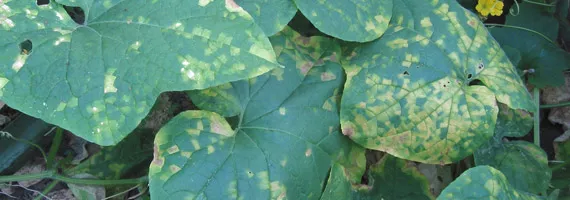
In these circumstances, you will have to radically change your strategy, concentrating on deciding on the best products for eradicating the pathogen or at least slowing down its development. One thing you should bear in mind is that in general, these types of phytopathogenic fungi have different optimum temperature and humidity levels for germination, dispersion and growth of the pathogen. This explains why the most important fungal attack takes place in months when the weather is mild but there are major variations in temperature and humidity, especially in the spring and autumn. If your plants are already infected, you should determine the best environmental conditions for growth of the pathogen, and in case of indoor plants, always try to keep the plants in regular conditions of temperature and humidity with no sudden changes — if possible under conditions that will hinder growth of the pathogen.
Of course, none of this will be of any use at all if you don’t know what fungus you’re fighting against; it is essential to identify its biological cycle and the optimal conditions for its development so that you make life as difficult as possible for it. In this way you can use other tactics apart from fungicides (like filtering the interior air). If you do have to use fungicides, use natural ones where possible. You can limit their use and save money by knowing your enemy’s weakest moments.

